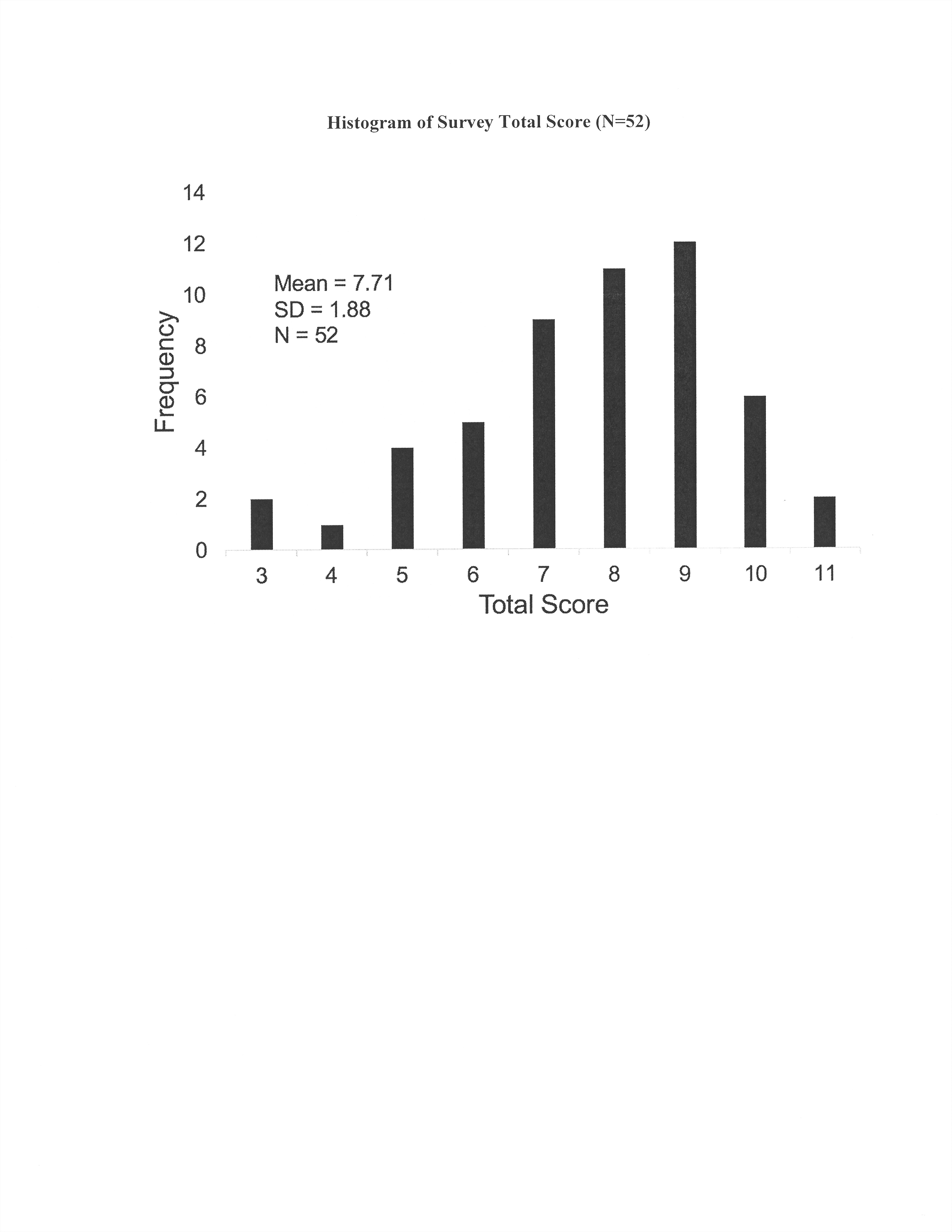D-dimer Use In A Large Tertiary Care Center To Rule Out Deep Vein Thrombosis
Albeir Mousa, MD.,FACS.,RPVI.,MPH.,MBA1, Amal Kahn, BS2, Alfred Tager, MD3, Mike Broce, BA3.
1West Virginia University, Charleston, WV, USA, 2Charleston Area Medical Center, Charleston, WV, USA, 3Center for Health Services and Outcomes Research, Charleston Area Medical Center, Charleston, WV, USA.
OBJECTIVES: Wells Criteria in combination with D-dimer (DD) testing can effectively be used to rule-out deep vein thrombosis (DVT). The current study was designed to determine 1) current levels of DD testing and 2) measure physician and medical staff knowledge and confidence. METHODS: The current study was a retrospective review of emergency room patients referred for a Venous Duplex Ultrasound (VDU) in 2018-2019. Electronic medical records were used to obtain Wells Criteria and DD. A 2-section self-report survey was administered to physicians, residents and medical students to assess clinical knowledge and confidence in diagnosing DVT. The first section assessed knowledge, in which medical board-style patient scenarios were provided and participants selected the appropriate diagnostic tool. The second section assessed participants' confidence in diagnosing DVT with two Likert-scale questions (1 to 5). RESULTS: The retrospective sample contained 973 consecutive patients, all received a VDU. The majority was female (585, 60.1%) with an average age of 56.7 + 17.6 years. Only 109 had recorded DD (11.2%), and of those, 79 (72.5%) were elevated. There were 65 confirmed DVTs, 6.7%. A total of 757 patients (77.8%) were low or moderate risk by Wells, and possibly could have been ruled out using DD. Survey participants consisted of 52 attending physicians, residents and medical students. A histogram displays a somewhat near normal distribution and illustrates that out of 14 questions, the mean score was a 7.71 + 1.88 (see Figure I). Attending physicians had the highest average score (M=8.27), followed by residents (M=8.10), and medical students (M=6.09), P = 0.004. A similar trend was found for confidence. Attending physicians had an average confidence of 4.09 out of 5 in determining risk of DVT, whereas residents and medical students rated their confidence as 3.80 and 2.22, respectively (P < 0.001). CONCLUSIONS: The data show a clear under-utilization of D-dimer. It is important to develop ways to reduce unnecessary testing and cost to patients and hospitals. The survey results suggest that physicians can look to improve in clinical knowledge and application. Perhaps in the future we should focus on a way to put knowledge into practice. 
Back to 2020 ePosters
